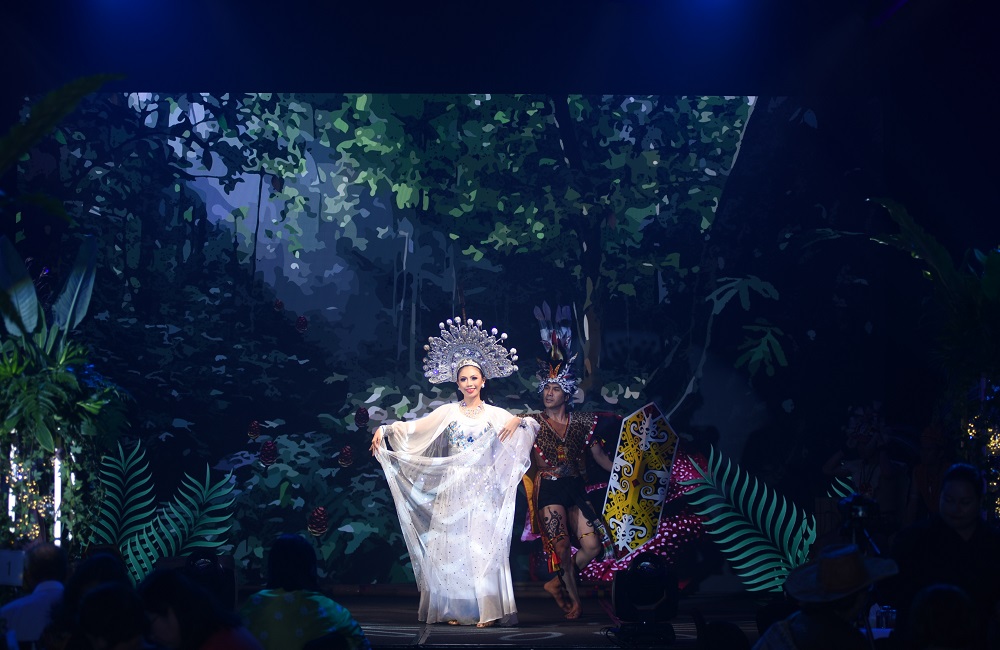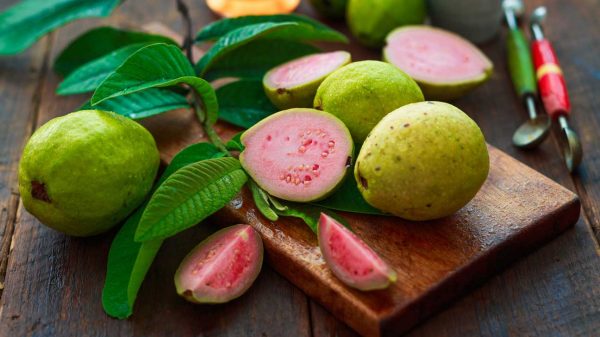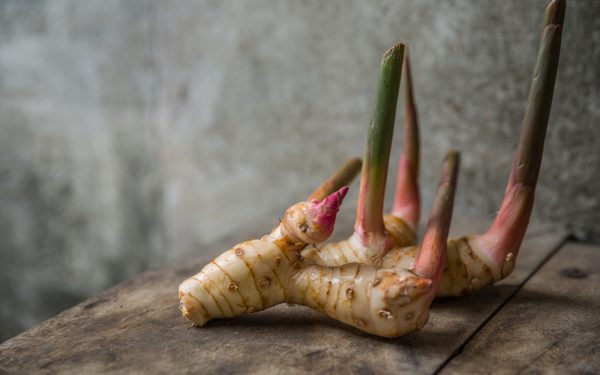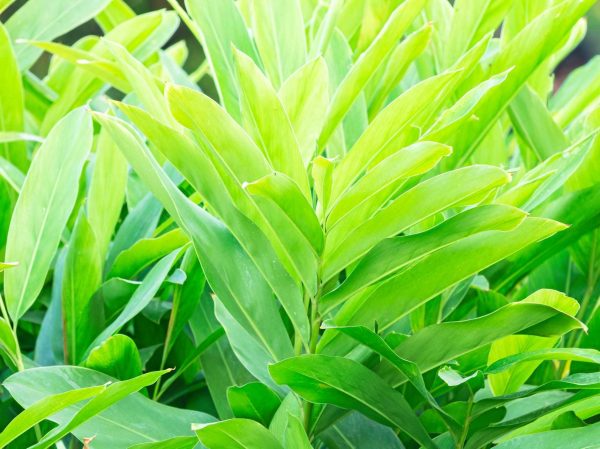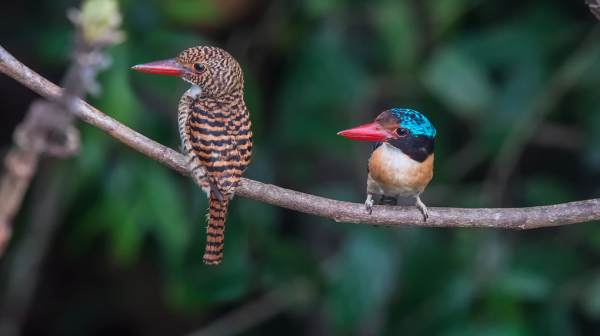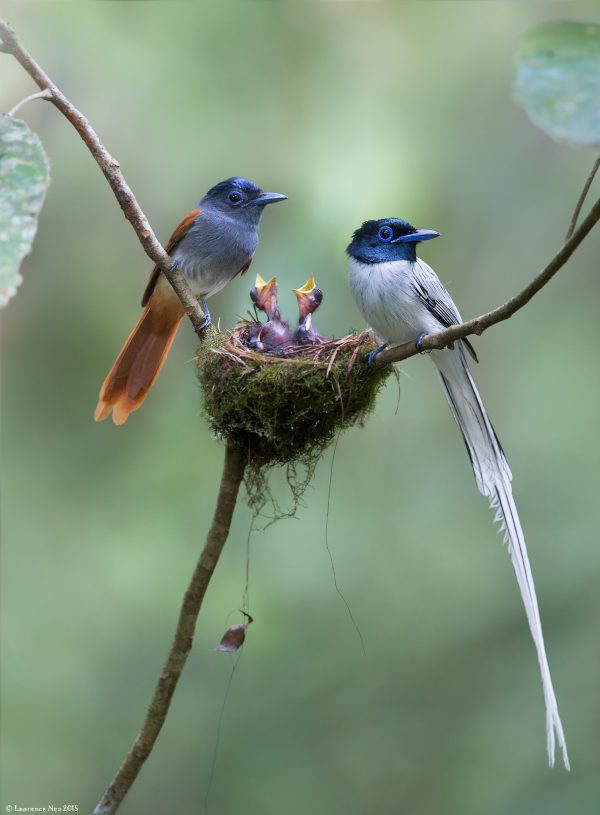November 7, 2019
As a digital nomad in Southeast Asia, there’s a good chance you’re used to doing things the unconventional way. If that’s the case, you ought to read on and learn about the place dubbed the next Chiang Mai.
We’re talking about Kuching, Sarawak.
Source: appc2019.ifm.org.my
Located in the Malaysian part of Borneo, Kuching is the capital city of Sarawak, a founding partner in the nation of Malaysia. Modern yet laid back, Kuching has outstanding infrastructure yet remains very much in touch with nature.
Modern Kuching can be traced back to 1841, when James Brooke, the son of an English judge in the East India Company who happened to be sailing the Malay Archipelago, helped the King of Brunei crush a rebellion in southern Borneo.
Source: Culture Trip
As a reward, Sultan Omar Ali Saifuddin II of Brunei gave him Sarawak, a swampy and mostly jungle-covered land inhabited by notorious and very dangerous headhunting indigenous tribes.
And that’s how James Brooke became the first White Rajah and the Kingdom of Sarawak was born. With the exception of the second world war period from 1941 – 1945 when it was occupied by the Japanese, Sarawak was a standalone kingdom under the White Rajahs until 1946.
At the end of the occupation of Sarawak, on 11 September 1945, the British military took over Sarawak for 7 months before handing it back to Rajah Charles Vyner Brooke.
Seeing the damage done by the Japanese, Rajah Brooke realised he no longer had the resources to develop Sarawak. He hoped that with the cession of Sarawak as a British crown colony, the British would be able to rebuild Sarawak’s infrastructure and develop its postwar economy.
So Sarawak became a British colony from 1946-1963 before becoming equal partners along with Peninsular Malaya, Sabah and Singapore to form Malaysia. (Singapore later withdrew itself and became an independent nation in 1965).
Source: blogspot.com
The White Rajahs played an important role in uniting the multiple races in Sarawak. With multiple ethnicities such as Malay, Iban, Bidayuh, Chinese and Indians residing harmoniously, Kuching has become a true melting pot of cultures and is seen by many as a role model for cultural and religious harmony.
Kuching is called ‘The City of Cats’. You will find cat murals and statues everywhere in the town centre. The city’s obsession really stems from its name. The word ‘Kucing’ means cat in the Malay language.
How Kuching got its name is a mystery. Some say that when the first Rajah of Sarawak, James Brooke, arrived around 1839, he pointed to the settlement and asked a local what it was called. The local, mistakenly thought he was pointing at a passing cat and said ‘Kucing’ (pronounced Coo-ching).
A descendant of the passing cat that James Brooke mistakenly pointed at. Or so we like to think. 😉 Source: Aish Mann
Others claim the city was named after trees that once grew throughout the area, bearing small fruit called mata kucing, or ‘cat’s eye fruit’, which is similar to lychee. The last theory is that the name was chosen when residents discovered short-tailed cats living along the banks of the mighty Sarawak River which flows through the city.
As you walk around the streets of Kuching, you’ll feel the soul of the city in its historic buildings, vibrant street art, and warm, friendly people.
‘The Early Mercers’ at India Street. Source: Aish Mann
With lush rainforests and the South China Sea in close proximity, a chilled authentic vibe with all the luxuries of a modern city, Kuching is the perfect haven for digital nomads who want an idyllic environment in which to work.
So, why should digital nomads base themselves in Kuching?
We asked a few who have made the move to Kuching and here’s what one said:
“After visiting a lot of tourist places, I found a peaceful and quiet place in Kuching to focus on my work. iCube is very comfortable and convenient. I can find everything I need in the nearby mall Icom Square with lots of food places and a gym. People here are very calm, kind and respectful. Everyone speaks English, so it’s easy to connect with locals. It’s not the case everywhere in Asia and this is a very appreciable point for me.” –Virginie Sarachman, France.
The sky puts on a spectacular show almost every day at Waterfront, Kuching.
We also spoke to Melvin Liew the ‘go to’ guy for digital nomads in Kuching. Here’s what he had to say about the gradually growing digital nomad community in Kuching.
“We saw the trend (of digital nomad arrivals) increasing when the tourism sector in Sarawak started to grow. It is essential to have a solid community and the constant improvement of infrastructure for Digital Nomads in Sarawak.” – Melvin Liew, Director, iCube Innovation
Another reason for digital nomads to live in Kuching
If you’re from Europe or North America, you get a 90-day visa on arrival, compared to a 30-day visa for Indonesia and a 2-week visa for Thailand.
Source: tour-borneo-malaysia.com
That means you have plenty of time to get settled in and every time you leave the country, you get a 3-month visa on your return.
Now, it may seem like Kuching is in some faraway, inaccessible land, but the truth is, you could be sipping a cold beer in the hustle and bustle of Orchard Road, Singapore in a mere 3 hours.
Singapore too sterile for you? Then you can be in downtown Kuala Lumpur in 3 hours too. The beautiful beaches of Kota Kinabalu are just 2 hours away.
Fancy something laidback? Then the city of Bandar Seri Begawan would be up your alley with direct flights from Kuching that will get you there in less than 2 hours. And the cherry on the cake is that flights to all these destinations start from just US$20!
Now, where should you stay in Kuching?
Kuching has accommodation for all budgets. Airbnb works pretty well here and you have an array of apartments/condominiums to choose from.
James from locationindependent.co.uk suggests placing yourself as close to the Waterfront area as possible. He says there really isn’t an expat neighborhood but Waterfront is the most central part of Kuching and almost all the main spots are walkable from there.
Another main area is Padungan Street. It’s a bit further away from the town centre but it is a lively street with some of the best food options.
If you prefer a short-term rental, we suggest you come and stay in a hotel to personally view places before renting, just to be on the safe side.
How do you move around town?
Kuching is the most pedestrian-friendly city in Malaysia, especially if you live around the town centre.
Carpenter Street.
Car or motorbike rentals are available but we recommend Grab (equivalent of Uber) and Maxim. Both apps work flawlessly around Kuching and each ride costs between US$2 – 4 if you’re in the town area.
Where to stuff your face
Now that you’re mobile, it’s time to get some delicious food into that hungry tummy!
Lucky for you, Kuching is full of gastronomical marvels.
With numerous influences from indigenous tribes as well as Chinese, Malay and Indian cultures, you’ll never run out of new things to appease your hunger.
One of the most famous dishes you absolutely have to try is Sarawak Laksa. This typical Sarawakian breakfast dish is made of a special prawn-based broth thickened with coconut milk.
A perfect, mouth-watering bowl of Sarawak laksa.
Served with a generous portion of omelette strips, crunchy bean sprouts, chicken shreds, and plump prawns as well as a squeeze of calamansi lime for extra zest and thick sambal paste on the side.
The late Anthony Bourdain called Sarawak Laksa, ‘The breakfast of the Gods’.
#Laksa #Kuching Breakfast of the Gods
A post shared by anthonybourdain (@anthonybourdain) on May 28, 2015 at 6:57pm PDT
One of the best places to find a fiiine bowl of Laksa is at Chong Choon Cafe. Remember, Sarawak laksa is a breakfast dish, so it sells out by around 10 am.
Other must-try dishes in Kuching include Kolo Mee at Annie Kolo Mee or Oriental Park Cafe and authentic Sarawakian tribal food at Tribal Stove the Dyak.
A beautiful bowl of Kolo Mee.
One meal with a drink in a traditional Kuching restaurant or coffee shop should cost you no more than US$2-5. Here’s a more comprehensive food guide with tips on where to find cheap eats in Kuching.
How do you pay for stuff?
You can’t use US dollars to pay like in Cambodia. The currency used in Kuching is Ringgit Malaysia (RM). Although some places only accept cash, most places accept credit cards or E-Wallets.
Some of the E-Wallets you can use are GrabPay, SarawakPay, FavePay, and Boost E-wallet.
What’s the internet like?
Ah yes, internet: the lifeline of a digital nomad.
Connectivity issues can be quite scary if your livelihood depends on the internet. And the Bornean rainforest doesn’t exactly sound like the kind of place you can do seamless Video calls. Buut…
Don’t worry, Kuching has all-around 4G coverage and you can find wifi at almost every cafe.
The 3 main service providers in Sarawak with solid coverage are Celcom, Maxis and Digi.
You can pick up a sim card at the airport for as low as US$8 and this will last you a whole month with constant coverage!
Here’s a price comparison between the service providers.
Where the magic happens…
Now that you’re settled in and well connected, it’s time to look for a place to work.
There are a number of co-working spaces available but the main curator of the digital nomad community is iCube Innovation.
Source: coworker.imgix.net
They have the most up-to-date facilities if all you want to do is put your head down and get some work done.
Their packages start from as low as US$36 per month for a hot desk which is substantially lower than co-working spaces in Bali and Chiang Mai where average monthly packages cost US$100 and US$120.
Other than iCube, other interesting co-working spaces are MaGIC Sarawak and The 381 Hub.
If you’d rather work from a new location every day, we’ve got you covered! There are plenty of cafes around town where you can set up shop. Here’s a list of some of the most aesthetically pleasing and work-friendly cafes in and around the city centre:
- Tease by Jase’s Tea House
- Commons at The Old Courthouse
- The Coffee Clinic
- Kai Joo Cafe
- Coffee Obsession
After-work shenanigans
We’re going to give it to you straight. If you’re a party animal, Kuching isn’t for you. [Pro tip: You can always head to Kuala Lumpur and paint the town red there!]
Drinks and Art. What better way to relax after a long day of work? Source: Aish Mann
However, if you like to unwind and chill with a cold beer and good ambiance, there are a number of places you can try. Note, a bucket of four beers in Kuching usually costs around US$8.
- Bear Garden
- Drunk Monkey Old Street Bar
- The Wayang
- Monkee Bar Bistro
- Borneo Rednecks
A stay in Sarawak isn’t complete without Tuak. Tuak is a Sarawakian rice wine. You can usually find it at bars around Kuching. Try it, but be careful…
What else is there to do?
After working diligently and finishing a few months’ work in a few days, you’re bound to want to do some touring.
Other than a promising, laid back, and focused environment, there are plenty of activities to help you get close to nature.
When you’re looking to get out of the city, you can head to sites around Kuching. Check out our articles on the magnificent caves and peculiar wildlife found in Sarawak. You can be soaking in a natural hot spring or exploring millennia-old caves in a matter of hours!
Miri is an interesting destination, more lively than Kuching, it also has the best dive sites in Malaysia. Subscribe to our newsletter to get content like this sent straight into your inbox!
All in all, Kuching is a perfect destination for digital nomads because of how gentle it is. If you’re a digital nomad looking for an affordable, tranquil place to get some work done, Kuching should definitely be on your radar.
Share
